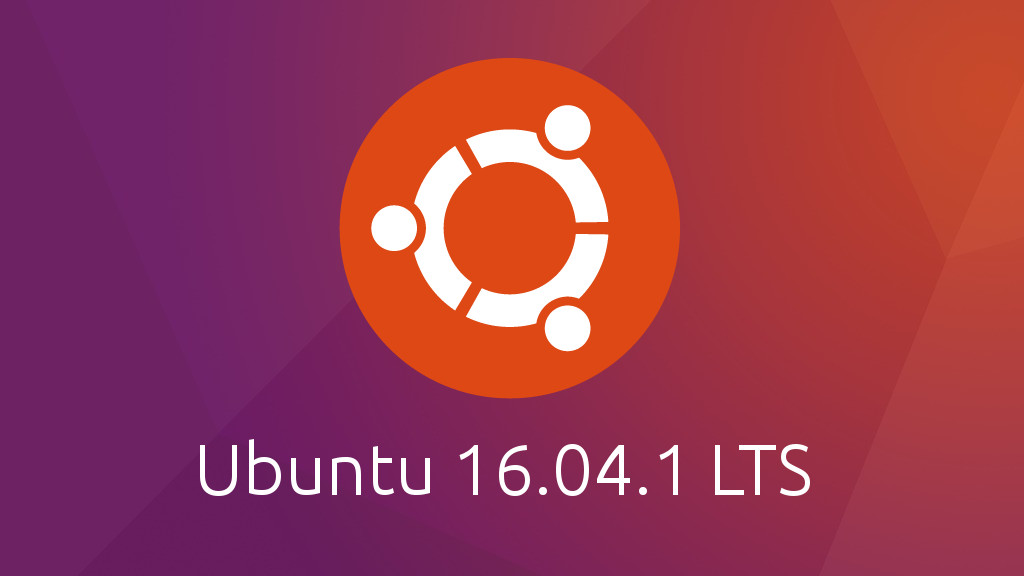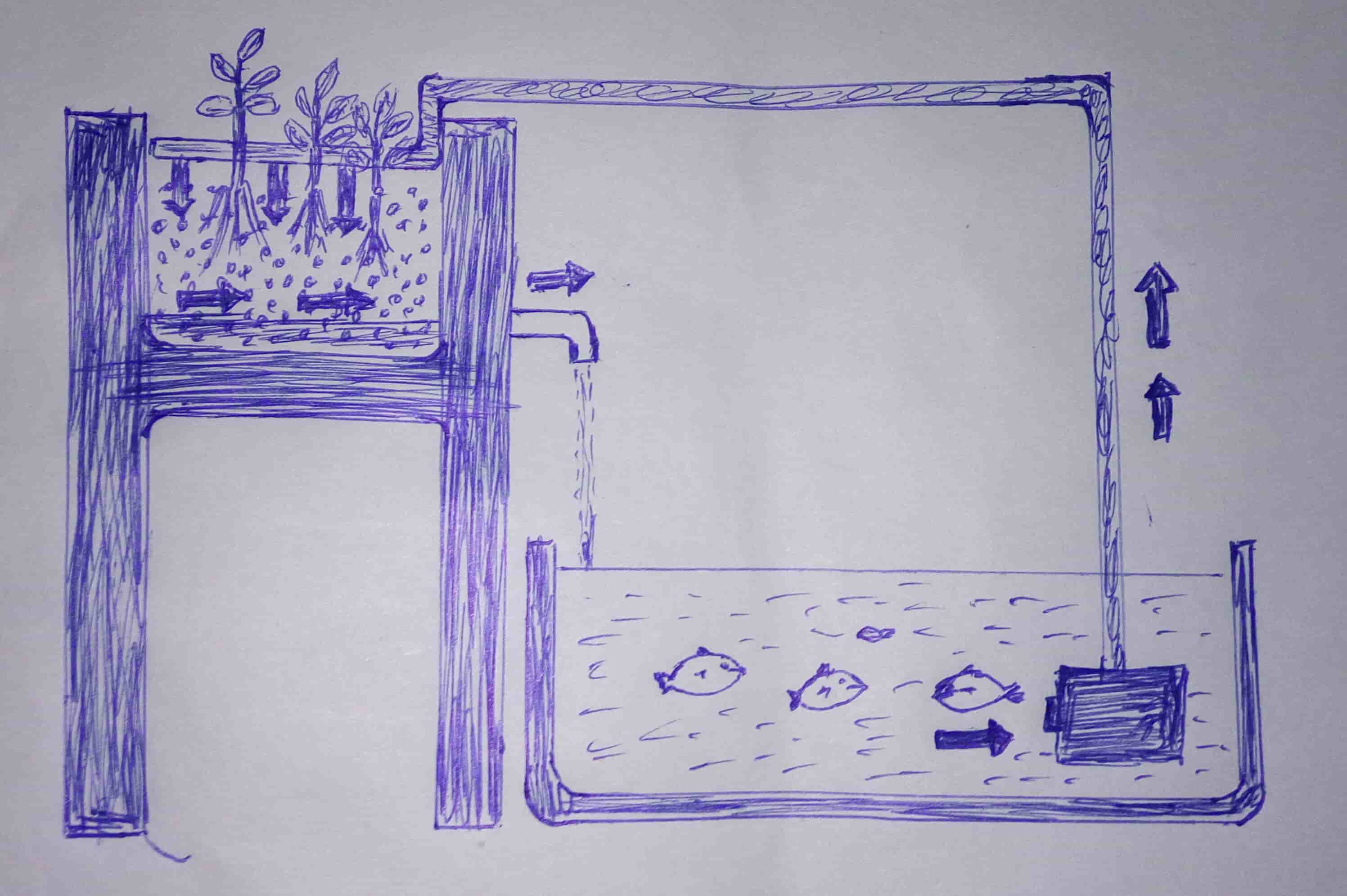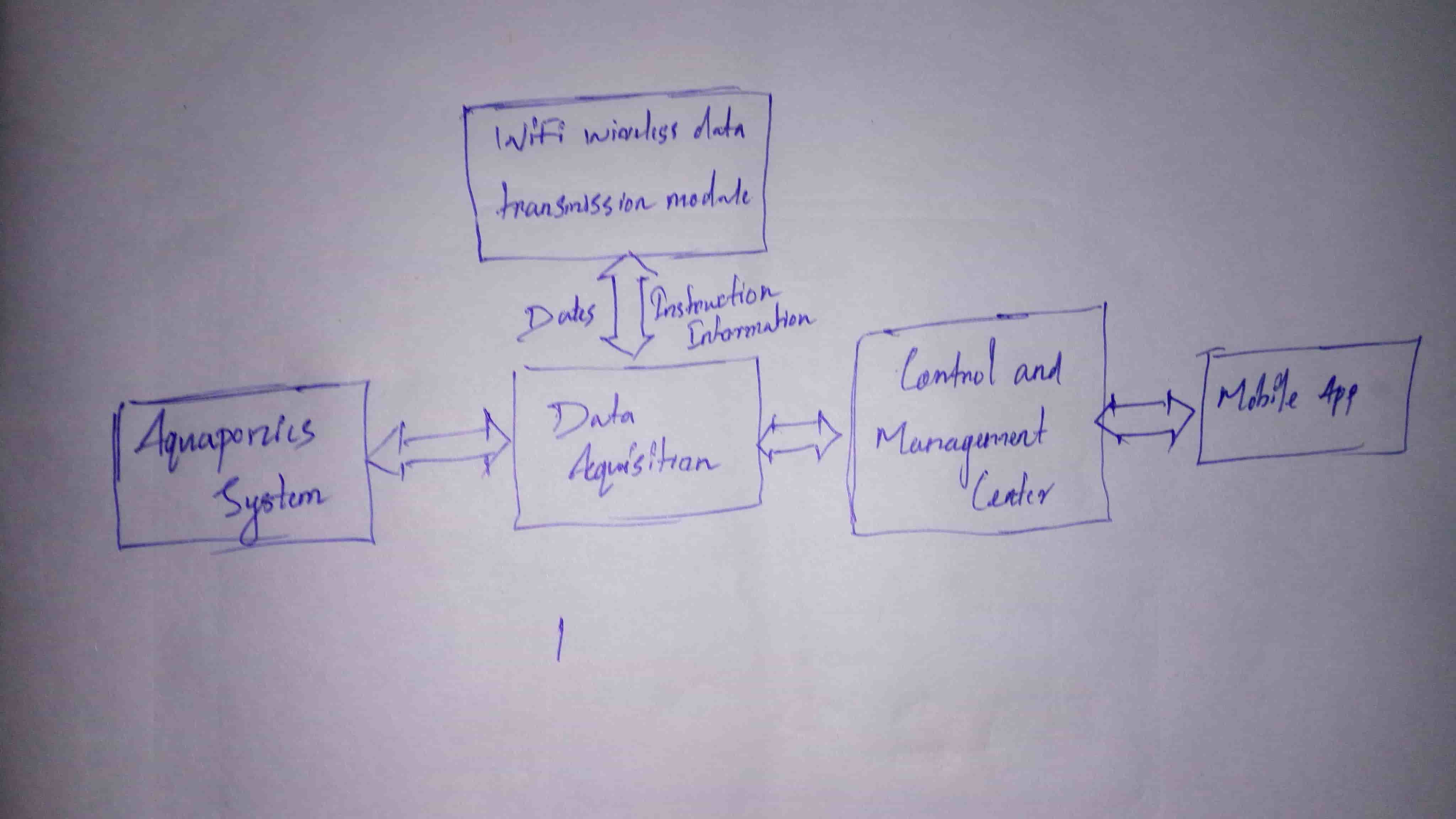Week 1 - Principles and practices
Ubuntu Installation
Since ubuntu 16.04 is for Fab Academy course I decided to install it. I'm familiar with the installation as I have done this before. I already have a windows 10 running on my machine so I decided to install ubuntu side by side.I know that the ubuntu bootloader GRUB is capable of loading Windows so I don't have to worry about loosing windows.
First I downloaded the installation iso file from https://www.ubuntu.com/download/desktop. And then I downloaded a tool called Rufus to create a bootable usb drive. I burned the iso file to my USB and boot the system from USB.
After the step by step process I finally installed Ubuntu 16.04 on my laptop and it's now running alongside with windows 10.

Project Management
Arduino-based aquaponics system
Aquaponics is a revolutionary system for growing plants by fertilizing them with the waste water from fish in a sustainable closed system. A combination of aquaculture and hydroponics, aquaponic gardening is an amazingly productive way to grow organic vegetables, greens, herbs, and fruits, while providing the added benefits of fresh fish as a safe, healthy source of protein. On a larger scale, it is a key solution to mitigating food insecurity, climate change, groundwater pollution, and the impacts of overfishing on our oceans.
Aquaponics systems are completely organic. They are four to six times more productive and use ninety percent less water than conventional gardens. Other advantages include no weeds, fewer pests, and no watering, fertilizing, bending, digging, or heavy lifting--in fact, there really is no downside! Anyone interested in taking the next step towards self-sufficiency will be fascinated by this practical, accessible, and well-illustrated guide.
Rough Sketch

Block Diagram

Here is a short decsription about each block.
Aquaponics system Aquaponics is an integrated system that links hydroponic plant production with re-circulating aquaculture. Hydroponics is a term used to describe the plants production without soil. Plant roots grow in a nutrient solution with or without an artificial medium for mechanical support. Aquaculture, also known as aqua farming, is the farming of aquatic organisms which is the fastest growing sector of the world food economy, increasing by more than 10% per year. It is an inexpensive symbiotic cycle between fish and plant. Consequently, it is necessary and significant to save energy. In our study, a compact aquaponics system was designed for household.
Data acquisition Some sensor nodes are used to form the sensor data acquisition module, which are deployed near to the aquaponics system to collect real-time environmental information, such as temperature, humidity, light intensity, water level and photos. After an initial processing, the data is transmitted to WRTnod.
Control and management center The control and management center is the CPU (Central Processing Unit) of the whole system, which manages all the dataset. The center consists of Arduino and WRTnod, whose primary functions are to store data from collection nodes, process data, and then upload them to the server. Another function is to download the instruction information from the server and execute. Design of the hardware systemThe hardware system consists of Arduino and WRTnod, some sensor nodes. The system monitors the aquaponics environment through attached sensors in a real time and stable way, and then transmits the information to the Web server in real time, accurately and automatically. The Web server stores and analyses the information from the sensors and camera. Users can use the mobile terminal to monitor and control the smart aquaponics remotely. In other words, they make a decision whether to open air pump, water pump, lights and feeder or not based on the obtained information.